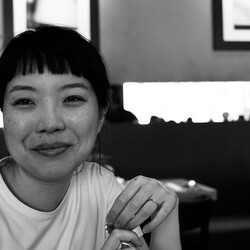Commentary
B.
Bulletin
New Zealand's leading
gallery magazine
Latest Issue
B.21901 Mar 2025
Contributors
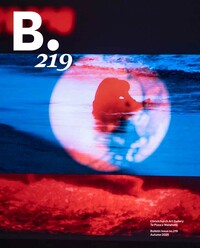
Commentary

Impasse after impasse
"Reinventions can be local, low-key, small scale and subtle in their specific effects."
Allan Smith, 1995
Among the selection of paintings that make up Delirium Crossing, Barbara Tuck’s Iris Gate stands apart. Painted in 1999, it is the earliest work in the show. Rather than the single square paintings that follow, this is a set of six rectangular canvases. Though small in scale, they are notable for their gestural vigour and looseness, their coloured grounds looking stubbornly like painted surfaces upon which figural elements float like collage fragments. No airy atmospherics, vertiginous perspectives, intricate tracery: ‘landscape’ has yet to appear. Equally, recalling earlier works, Iris Gate departs from the shaped, multipart, laser-cut aluminium paintings for which the artist became known in the early 1990s. Against the flow of art history, it marks a return to convention, in both format and facture, a backwards move to rectilinearity and the brush.
Commentary
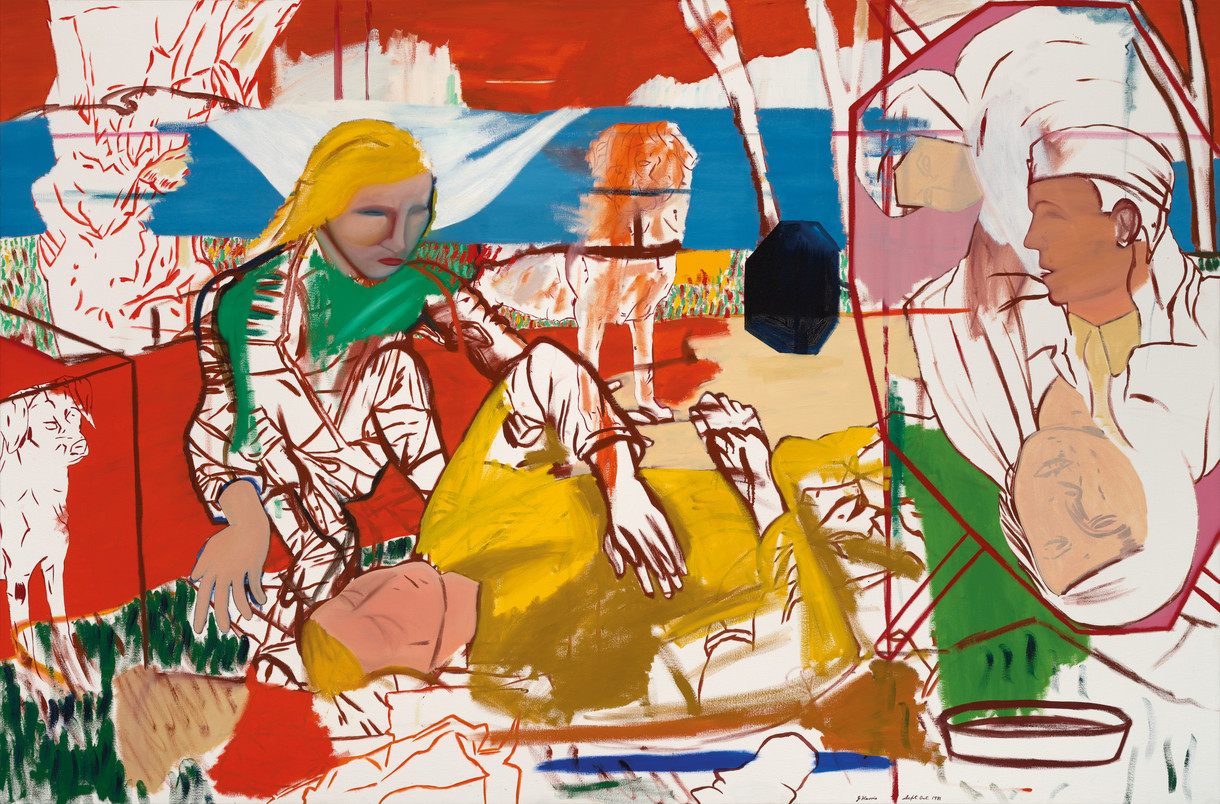
The Gift
"I was born in Akaroa and grew up on Banks Peninsula. My parents have a farm there. I went to high school in Rangiora, then worked in Christchurch for three years before going to Dunedin. I grew up in a fairly isolated environment. In my three years in Christchurch nothing really happened to me. There were no outward changes in my life. I had no friends there. I was quite alone – and I started to paint."
Commentary
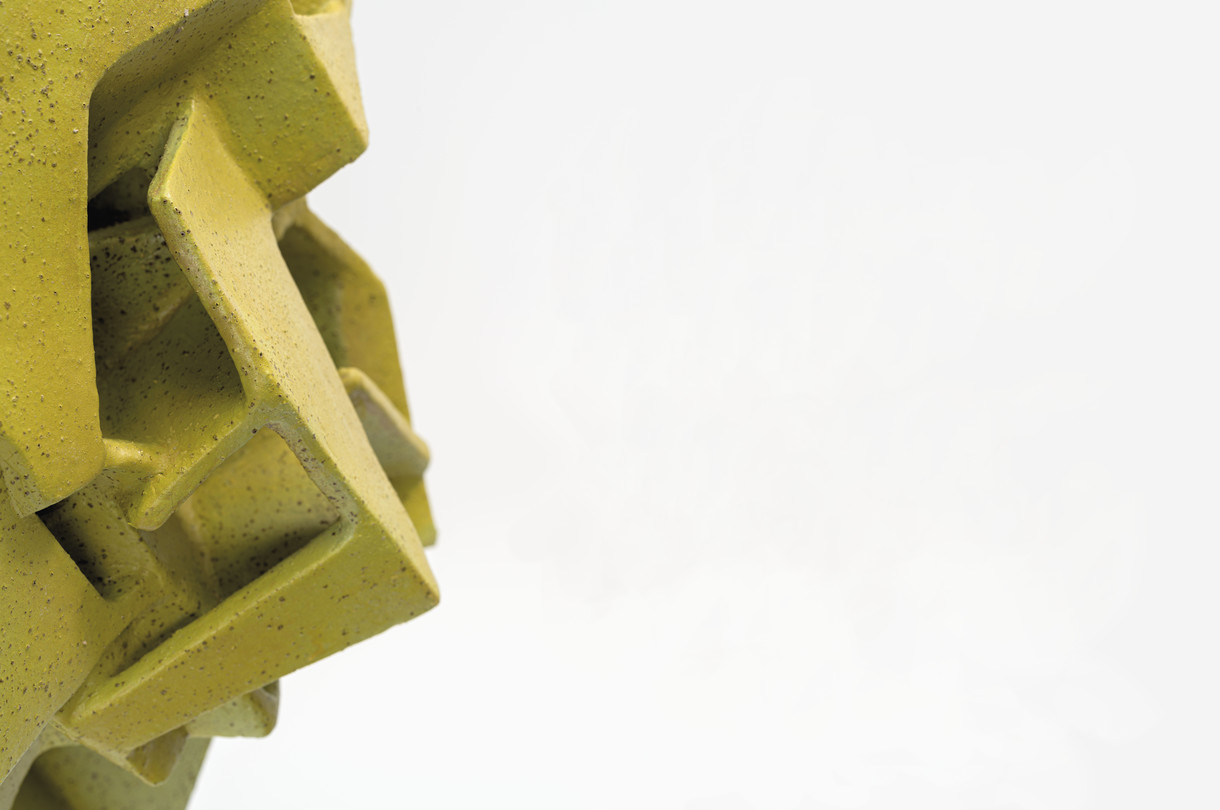
Improvising Protection
It is mid-winter, and Cheryl Lucas is making work right down to the wire. The survey Shaped by Schist and Scoria opens at the end of August, and she has been working without a break since being awarded the Creative New Zealand Craft/Object Fellowship in 2019. This timespan, which will be inevitably thought of as the start of the Covid years, saw Lucas develop a new body of work that responded to a deep need, personal and societal, for protection while continuing to take risks. Protection from contagions, from financial hardship, food insecurity, the cost of living, global warming, economic recession and the violence that invariably attends disasters, big and small. Protection from whatever is coming at you. But not to deflect it, to integrate it, to use it as fuel. Grist to the mill.
Commentary
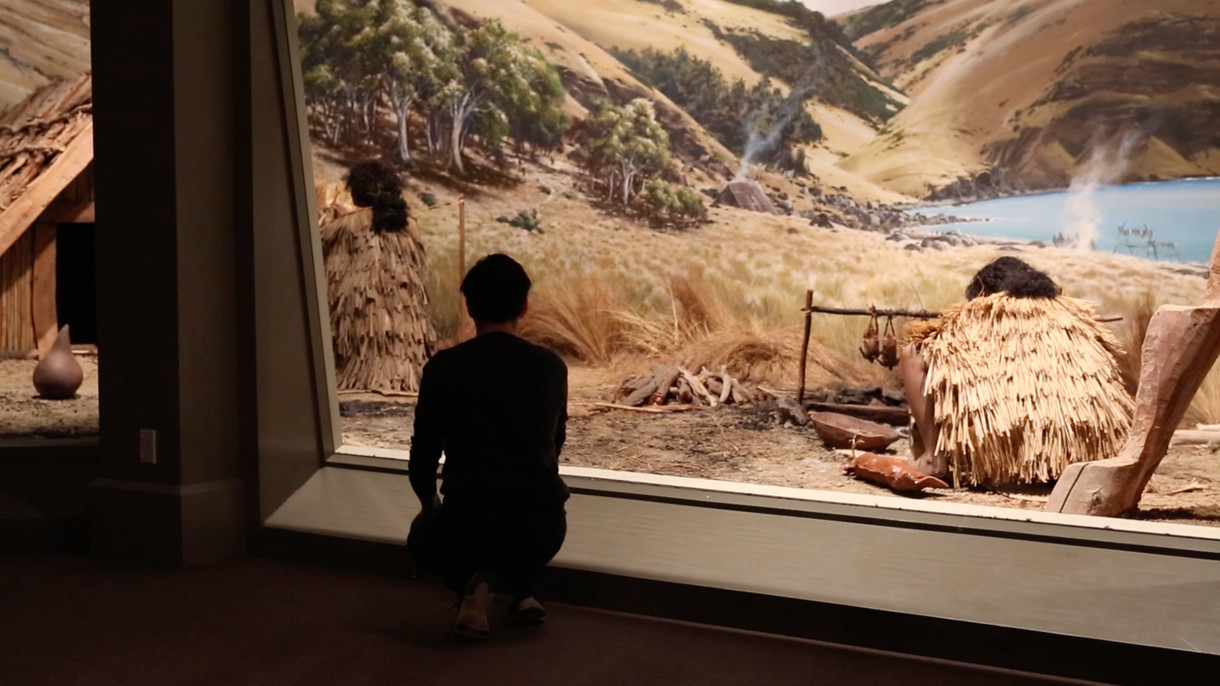
Ka Mua Ka Muri
Our histories are always with us, but who is telling the story? The Gallery’s new collection hang, Perilous: Unheard Stories from the Collection offers up a range of different perspectives on how the past and future might intersect, and invites us to rethink how we commonly see our heritage. Here, the exhibition’s curators have each selected a work from the exhibition for a closer look.
Commentary
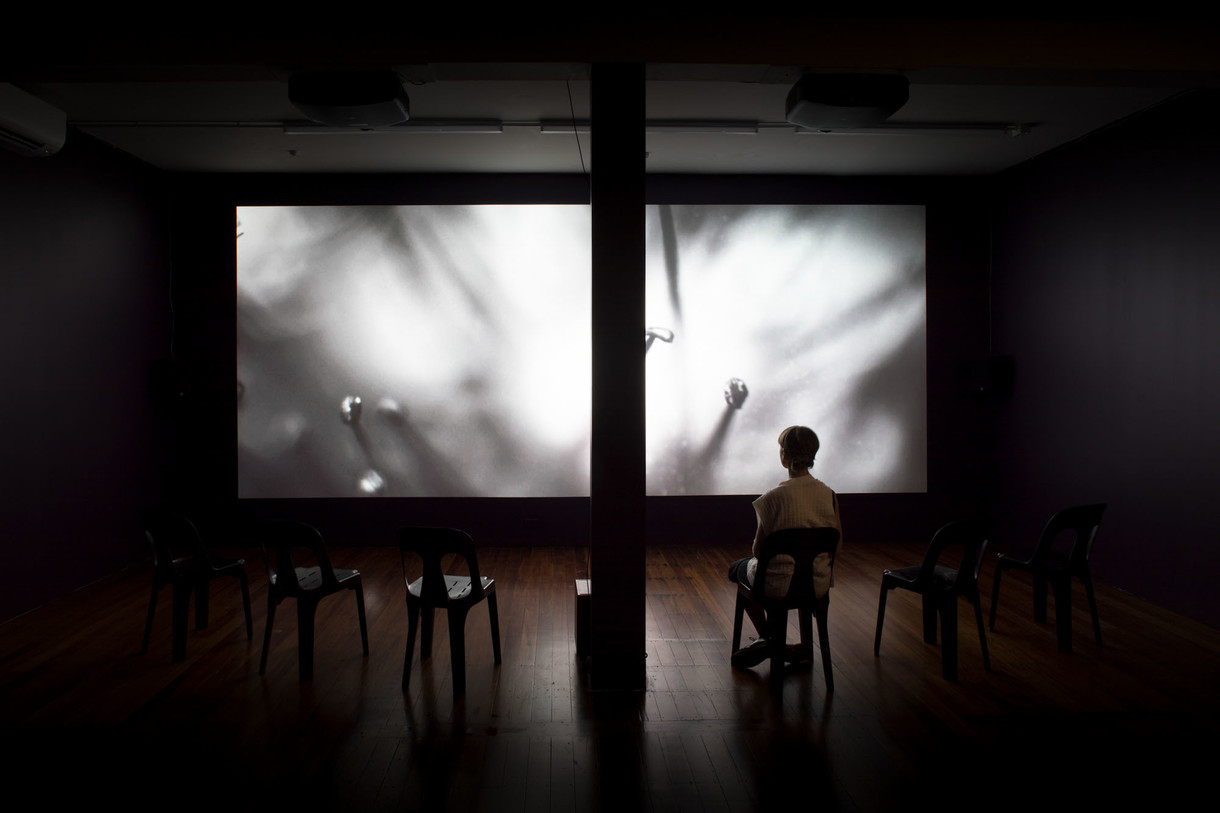
Te Whakawhitinga
Te Whakawhitinga is a haerenga, a journey. It is not a long film, approximately eleven minutes total, but the geography it covers stretches from Te Tai Tōkerau in the North to Ōtautahi in Te Waipounamu; from early adulthood to old age; and from the time of Te Pākanga Tuarua o te Ao, World War II, to the present. Te Whakawhitinga follows this narrative like a stone skimming across water: touching down at points, at others flying across space-time with the momentum of recall.
Commentary

A Gathering Gravity
My encounters with Grant Lingard’s works have been few and fleeting. My information derives largely from the archive. The show has yet to open and I know only the title. But I am deep in speculation about what it will bring.
Commentary

Memory Pictures
… it suits me to take pictures on celluloid that were formerly pictures of the mind, memory pictures, pictures of the imagination …
Commentary
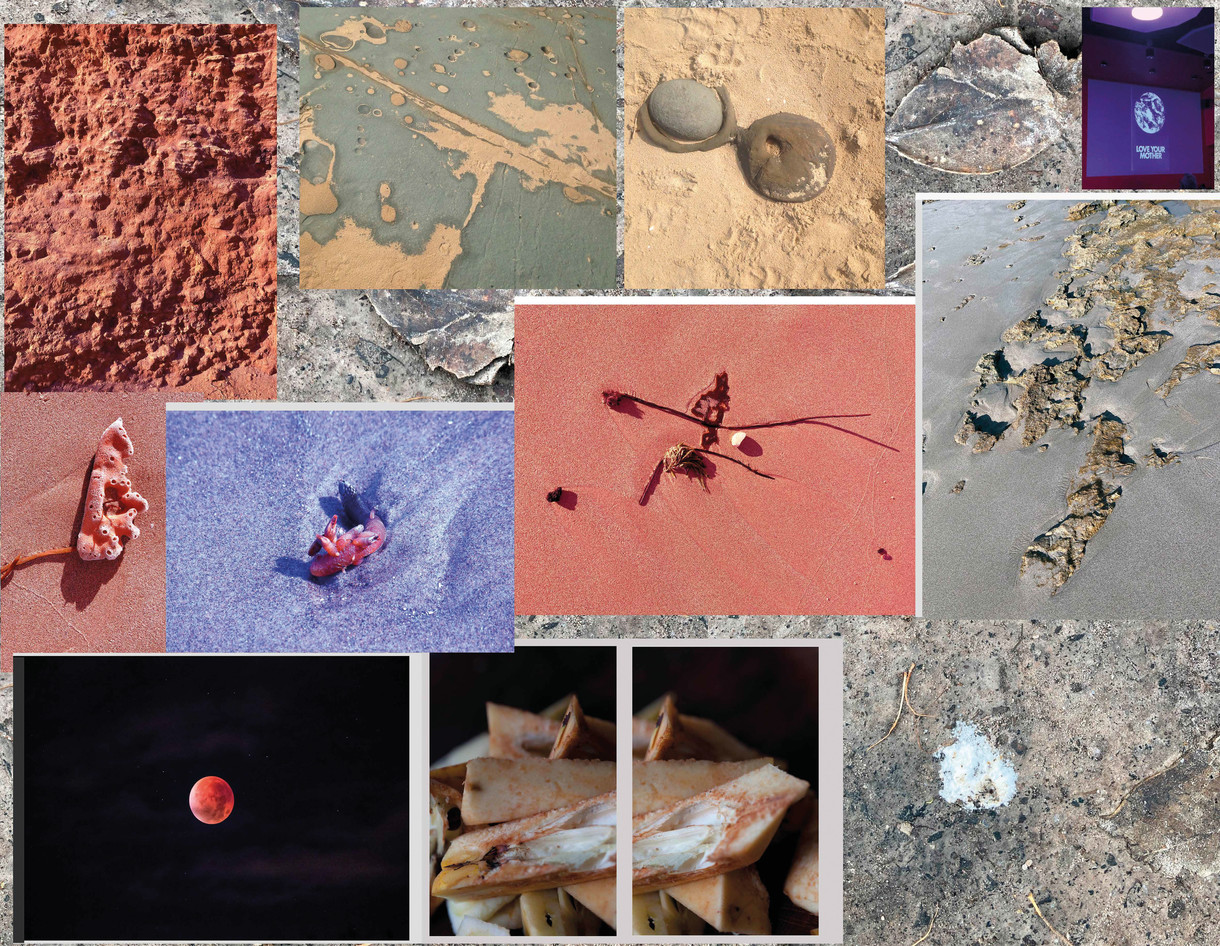
Alicia Frankovich’s Atlas of Anti-Taxonomies
Orange peel, ant’s eye, hibiscus flower, rhubarb, bacteria, a space blob, a virus, an x-ray of a human skull – human, non-human, inhuman, entangled and disordered. In the Atlas of Anti-Taxonomies, artist Alicia Frankovich groups these things by difference rather than sameness, showing them to have dynamic relationships and visual rhythms. Consisting of over 100 images that the artist has gathered, constructed and found, Frankovich’s carefully selected and arranged collections of phenomena, beings and objects glow from lightboxes hung throughout the gallery space. Their collated, overlapping and montaged images are wild and vibrant. Their placement on the large screens feels momentary, as though this is just one iteration of many possible permutations, disrupting any typical or static taxonomical order. In making this work, Frankovich has drawn on the extensive body of research around posthuman ecologies, decolonising nature and queer theory, underscoring this beautiful exhibition with complex ideas of domination and control.
Commentary
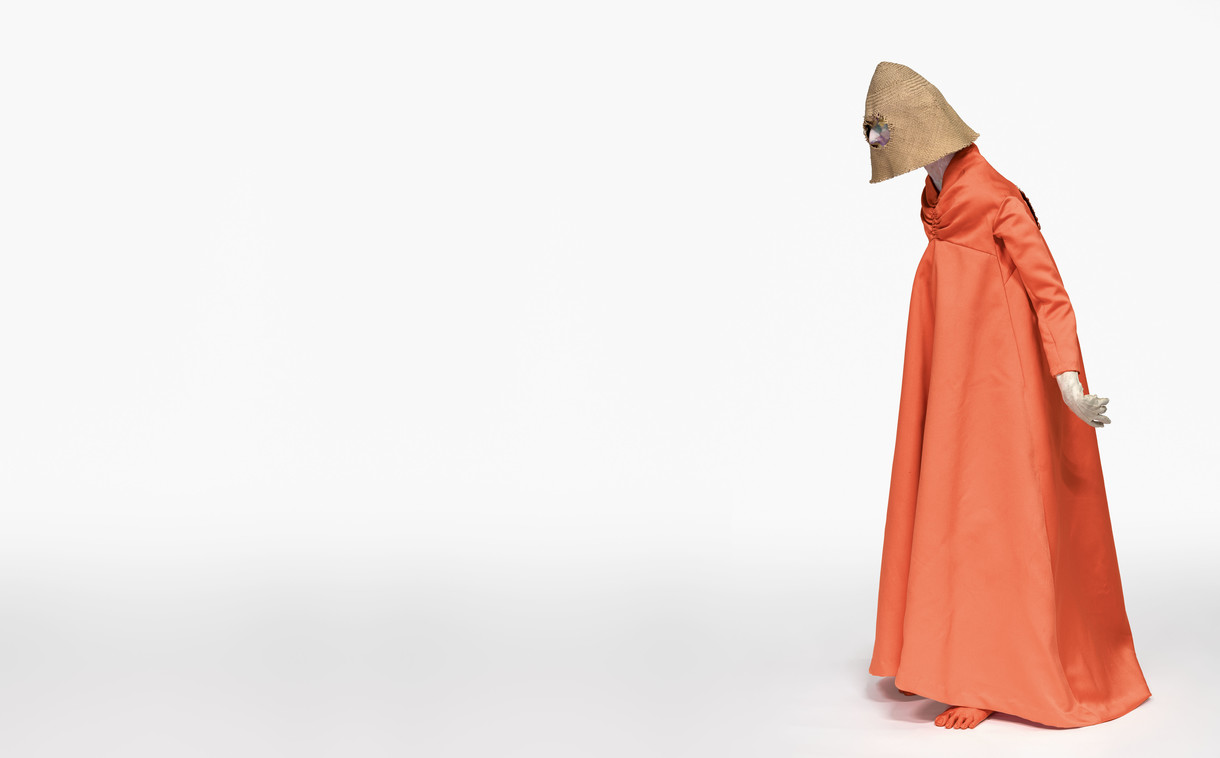
Bury the Lede
From the side of a hill the woman and child – ectomorphic – hunting for cockles, look like wading birds. Siblings climb on top of each other and hold handstands like circus-adjacent cheerleaders in tie-dyed active-wear. Two write code and scale limestone boulders, competing with each other almost good-naturedly without mats. Weeds and things scrounged – pipi, lemons, parsley, small mushrooms, seaweed and bracken fronds – are eaten with brown rice. Later there are bruised peaches, grapefruit and hard pears with a whiff of quince kept in a bowl for the colours and smells – green, orange, gold, purple, brown, grey, black.
Commentary
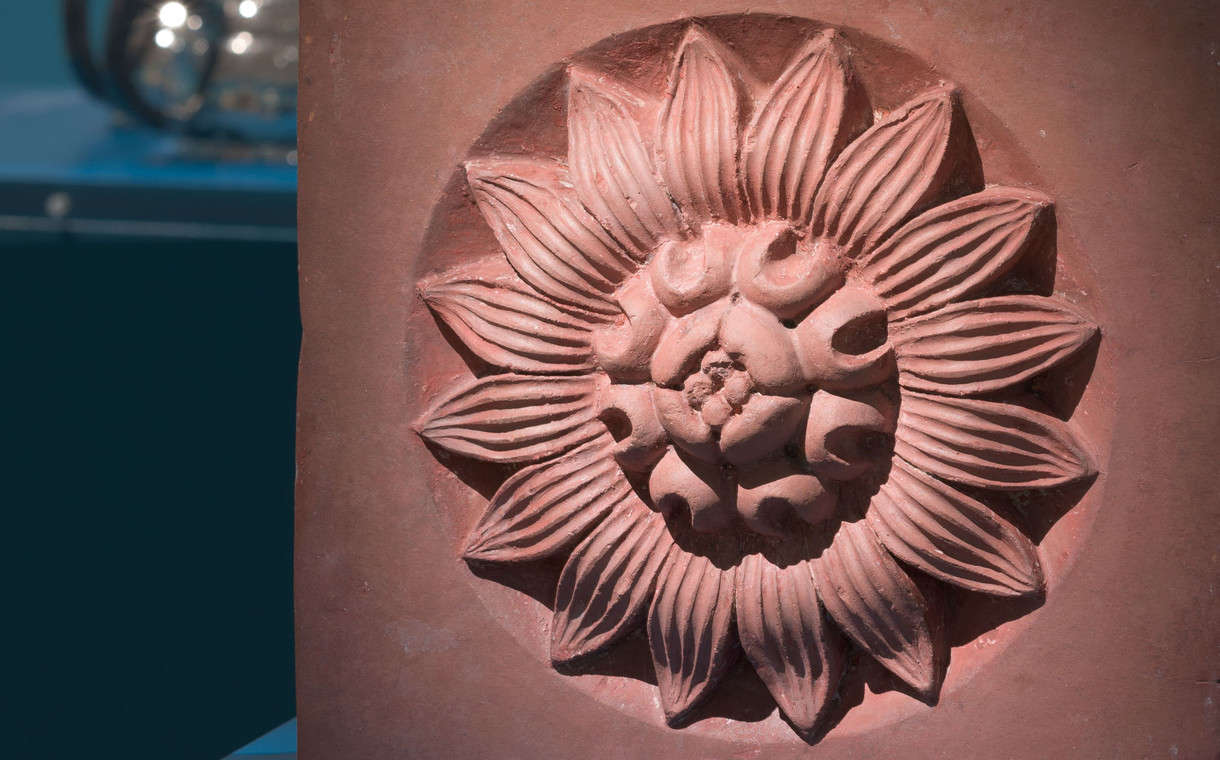
The Arts and Crafts Movement at the End of the World
It is interesting to ponder how makers involved in the Arts and Crafts Movement might respond if they were able to see their works on display in galleries today. While exhibitions on a range of scales were central to the Arts and Crafts, and played a key role in how its ideas and objects reached new audiences and took root across the world, today’s retrospective explorations of the Movement are to some extent testament to the fact that it never revolutionised art and life to the extent that its protagonists had initially hoped.

